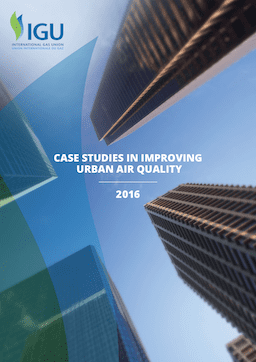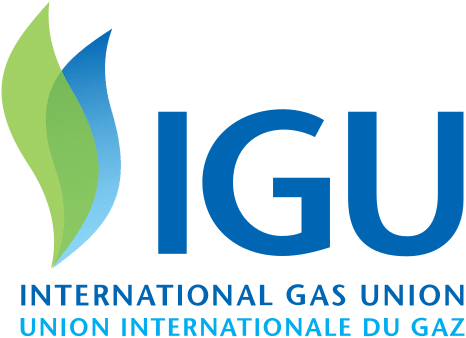
Case studies Improving Air Quality, Second edition (European cities), November 2016
The entry into force on November 4, 2016, of the Paris Agreement, reflects the priority given to tackling climate change at the highest levels of global political leadership. As of October 2016, as many as 86 countries have ratified the agreement, including the US, China and India, which are among the world’s largest emitters. The European Union, which officially joined the Paris agreement in October 2016, plans to continue taking a leadership role in driving climate action.
In addition to climate change, air pollution is an increasing priority for local, national and international governance. Around the world, 300 million children, mostly in South Asia, breathe highly toxic air because of dangerous pollutants like air particles known as PM2.5. Despite significant improvements in urban air quality in the past decades, air pollution remains a serious problem across much of the European Union too. The human and health-related costs associated with air pollution are immense. The European Environmental Agency estimates that in 2012 fine particulate emissions alone caused more than 400,000 premature deaths within the European Union (EU). The direct economic cost of air pollution in the EU was around EUR 23 billion ($25 billion) in 2010, and the total health-related costs associated with air pollution (including both direct and indirect costs) could have been as high as EUR 940 billion ($1,025 billion) in the European Commission’s estimate.
Want to download this file?
Get access to download this file by filling up the form below.
By completing this form, I accept that IGU can store my business information. We may send you informational emails, but you can unsubscribe at any time.
